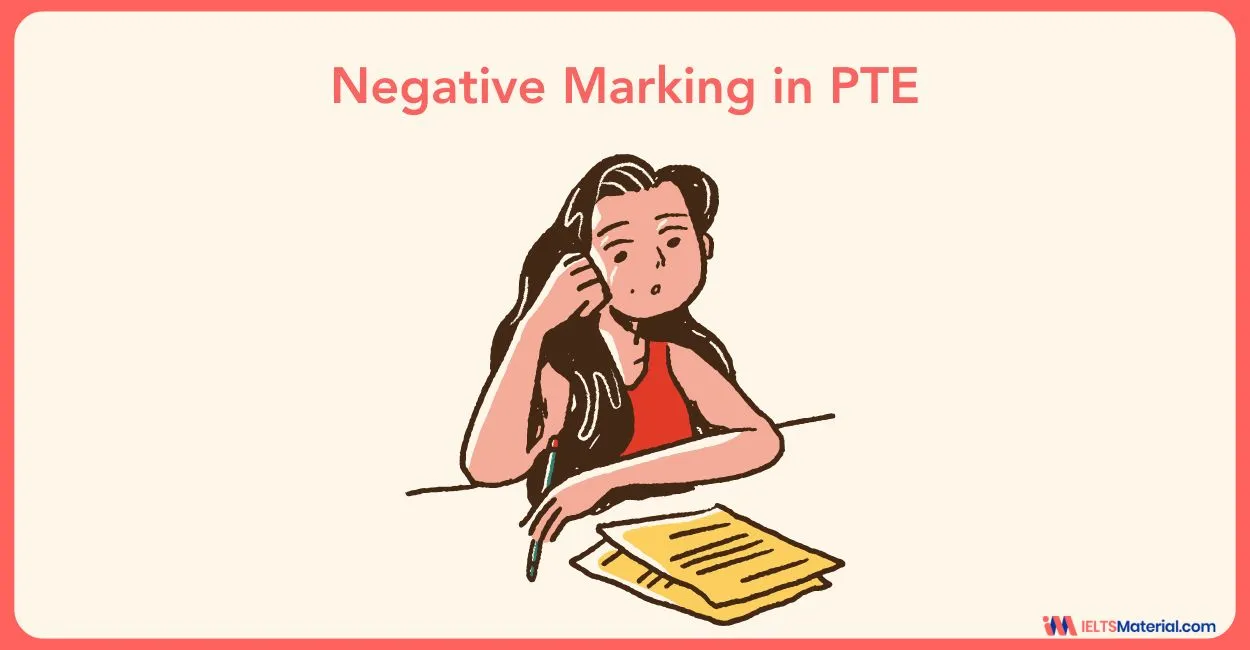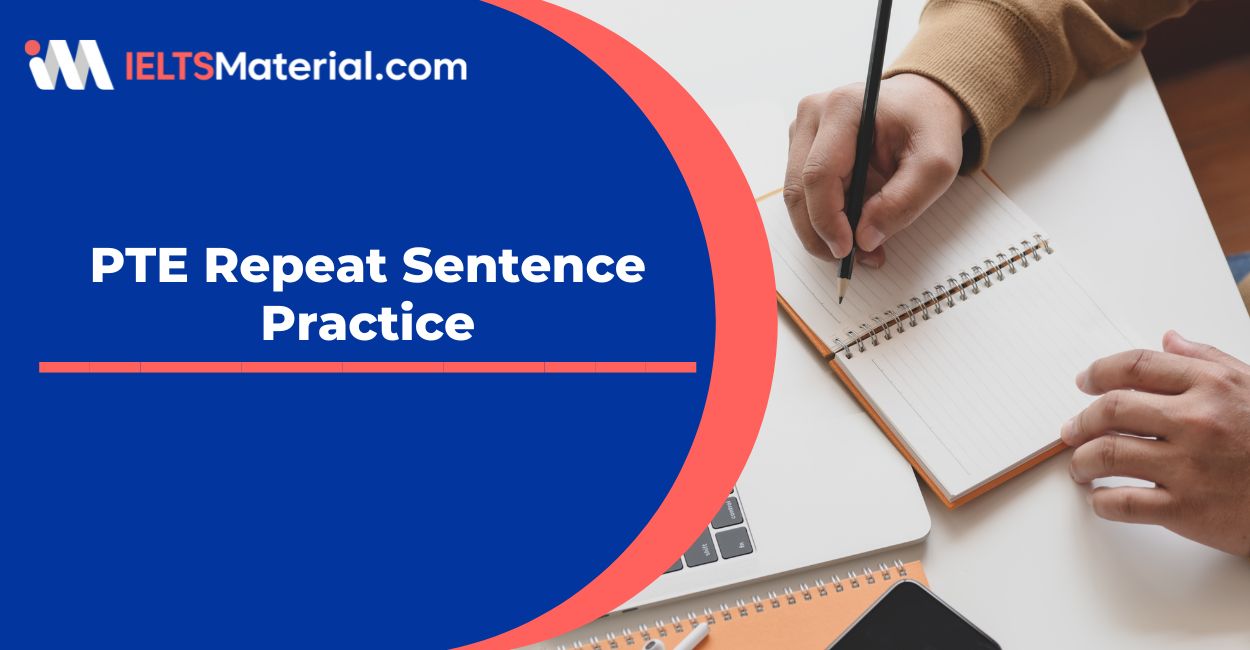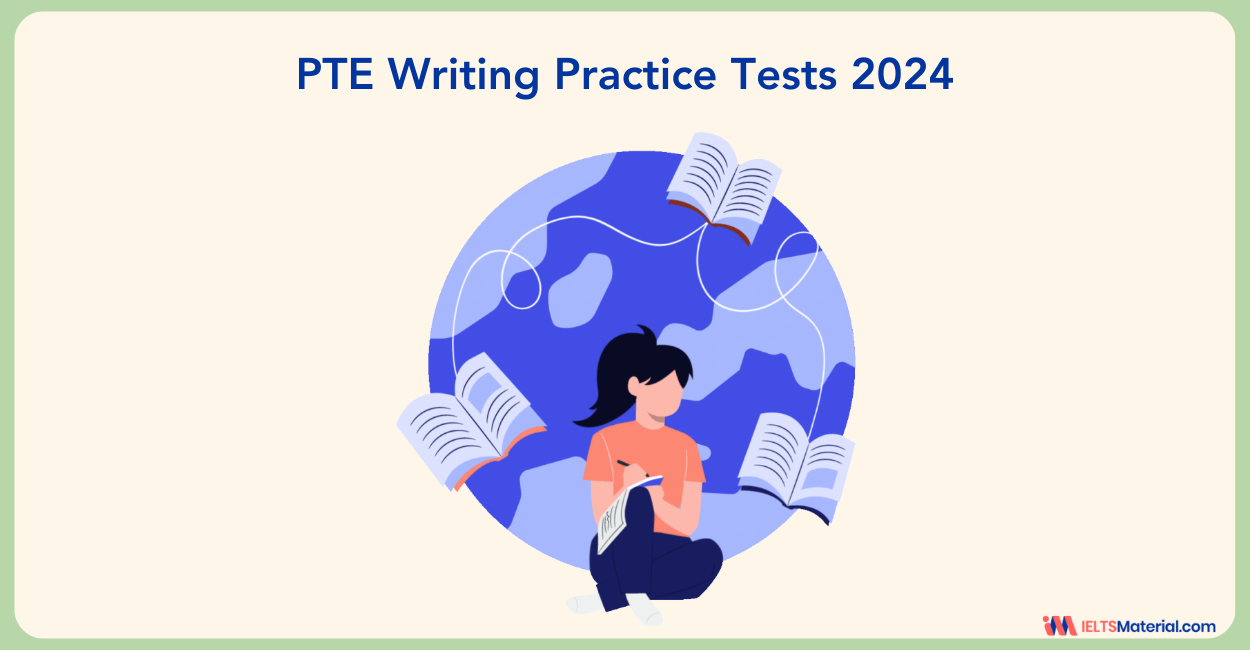Free Online PTE Practice Tests for Success in 2025
8 min read
Updated On
-
Copy link
PTE practice tests are the best way to scale your preparation for the PTE exam. Boost your PTE Academic score with free online mock tests for reading, listening, writing, and speaking; achieve your international education goals.
Table of Contents

Limited-Time Offer : Access a FREE 10-Day IELTS Study Plan!
The Pearson Test of English Language, the PTE, is one of the most coveted and prominent English language screening exams for people aspiring to settle/study/work in an English-speaking nation. Needless to say, you can’t get away without being adept at or at least familiar with the language spoken in the nation you are desirous of getting into. As a result, PTE mock tests are helpful for all candidates, whether they are taking the computer test or the paper exam.
In this blog, get your hands on authentic free online PTE practice tests for all the four modules - Reading, Listening, Speaking and Writing, along with tips on how to make the most of them for a top PTE Academic score.
Kickstart your PTE preparations now with our experts! Book a FREE Demo!
Why are PTE Practice Tests Important?
Practice tests are essential for preparing for any exam. The PTE exam can be aced by rigorous practising and persistent efforts and the PTE practice tests are the best way to scale your preparation for the exam. Let’s see how they can help you!
- Understand the Test Format - The PTE is unique. It’s computer-based, highly structured, and integrated — meaning skills overlap (for example, you might listen and then speak, or read and then write). Practice tests mirror the real PTE exam pattern, helping you become familiar with task types like Summarize Written Text, Describe Image, Re-tell Lecture, and Write Essay.
- Identify Your Strengths and Weaknesses - By regularly taking full-length practice tests, you’ll get a clear picture of the sections you're good at and those that need more attention. Maybe your speaking is strong but your listening needs a boost. Targeted practice saves time and effort.
- Improve Time Management - Timing is crucial. In PTE, each section is timed, and within that, each task may have a strict time frame. Practice tests train your brain to think, plan, and answer efficiently without running out of time.
- Build Confidence and Reduce Anxiety - Mock exams simulate real exam conditions. The more you practice under timed conditions, the more natural the whole experience will feel. That way, you walk into your actual exam day cool, calm, and collected.
- Fine-tune Your Strategy - Over time, you’ll develop smart strategies, like knowing when to move on from a tough question or how to maximize points in easy sections. PTE is as much about strategy as it is about English proficiency.
Free Online PTE Practice Tests with Test Pattern
Just like the IELTS exam, the PTE consists of 4 sections - Listening, Reading, Speaking and Writing.
- Out of them, the Speaking and the Writing sections take place together, with a total time of 54-67 minutes.
- The Reading section takes place right after the combined Reading and Speaking sections and has a duration of 29-30 minutes. This section rates your comprehension expertise and the logical understanding of the passages.
- The last section that comes is the Listening section. The course of this section is 30-43 minutes. Now, here in this section, you are judged based on your understanding of various accents and the context of the given transcript/audio.
PTE Speaking
The main goal of the PTE Speaking test is to determine your ability to communicate effectively in a range of academic and social situations, gauging your fluency, pronunciation, and vocabulary.
Let us go through the different types of questions in each section of the test.
| QUESTION TYPE | FORMAT |
|---|---|
| Read Aloud | In this question, audio information is provided to the candidates on the screen and they are expected to read it out loud and clear. The information provided in question is in the form of short passages on various topics- data, birds, audio, prescriptions, etc. Candidates have 30–40 seconds to read and respond to the given audio information. |
| Repeat Sentence | In the ‘Repeat Sentence’ question, candidates are given a list of almost 10 sentences and are required to replicate what they hear in the audio for the question. Candidates have 12– 15 seconds to repeat the sentences that are given. |
| Describe Image | Candidates are given 3-4 different types of images and are provided with 25 seconds to read the prompt and 40 seconds to analyze and describe the given image. |
| Re-tell Lecture | In this question, candidates are given an image and a related audio lecture. Once the audio finishes, applicants are given 10 seconds to read the prompt and 40 to 50 seconds to record their responses. |
| Answer Short Questions | In the Short-answer type of questions, candidates are required to reply in one or a few words to 6-7 different types of questions. The given duration for a single question to be responded to is around 10-15 seconds. |
PTE Writing
The PTE Writing section, the first part of the PTE exam, tests your writing skills alongside speaking and other communication abilities, making it a crucial segment. A comprehensive evaluation of writing skills is conducted using a series of questions, carefully tailored to the varying levels and styles of student writers.
Let us go through the different types of questions in each section of the test.
| QUESTION TYPE | FORMAT |
|---|---|
| Summarize Written Text | A passage is given and as a response, the candidates have to summarize it in around 10 minutes with a word limit of 75 words at max. |
| Essay | A topic is given to the candidates on which an essay is expected to be written by them in around 200-300 words within 20 minutes. |
PTE Reading
The second part of the Pearson Test of English is the PTE Reading section. As the name implies, the main focus of this part is on a person's reading proficiency in the English language.
Let us go through the different types of questions in each section of the test.
| QUESTION TYPE | FORMAT |
|---|---|
| Fill In the Blanks – Reading & Writing | In the ‘Fill In the Blanks – Reading and Writing’ question, candidates are asked to go through passages of upto 80 words and some missing words. The candidates are required to choose the best option from the list of options. |
| Multiple Choice, choose multiple answers | In this question type, candidates will be given a text prompt of up to 300 words. They are provided with a question and multiple alternatives on your screen in a multiple-choice, multiple response style question. The most suitable responses from the list of options based on the content or tone of the text are to be chosen. |
| Re-order Paragraphs | In this type of question, students are provided with sentences displayed in random order on the screen. Candidates are expected to arrange those sentences logically. |
| Fill In the Blanks – Reading | In the ‘Fill In the Blanks – Reading’ question, candidates are given a passage and some missing words within the passage. Candidates must select a single correct answer from the list of given words to fill in the blanks. |
| Multiple Choice, choose single answers | In Multiple-choice, single-answer questions, candidates are provided with a question and several answers on your screen in a multiple-choice. Candidates are supposed to pick a single response based on the content or tone of the text. |
PTE Listening
The Listening section is the final section of the PTE exam and assesses listening skills along with other communicative skills like reading and writing for certain questions. PTE Listening evaluates how well an individual uses their language skills in real-life situations.
Let us go through the different types of questions in each section of the test.
| QUESTION TYPE | FORMAT |
|---|---|
| Summarize Spoken Text | Candidates are provided with an audio clip in this question and are expected to write a summary in 50-70 words after listening to it. The information in question is presented in brief sections on topics such as libraries, languages, health, and medications, among others. You have 60–90 seconds to listen to the text and write a succinct summary. |
| Multiple Choice, choose multiple answers | Candidates are provided with a question and multiple options on their screen in a multiple-choice, multiple response style question. Students are supposed to choose the correct one based on the audio recording. Students must choose all of the options they believe are correct for the recording. Candidates will have about 40 and 90 seconds to answer after listening to the recording. |
| Fill In the Blanks | Candidates are given a transcript on their screen with several blanks to be filled. An audio clip is played for the same transcript. They are required to type in the missing word as they hear the recording. The played audio clip should match the transcription written on the screen. The time to complete this question is 30 to 60 seconds after the audio is played. |
| Highlight Correct Summary | After listening to the audio, candidates need to choose the paragraph that most accurately explains the subject discussed in the audio. This task has between 30 and 90 seconds to complete. |
| Multiple Choice, choose single answers | In multiple-choice, candidates are provided a question and several answers on your screen in a multiple-choice. They are expected to pick a single response based on the audio recording. The duration provided to respond after listening to the recording is 30–60 seconds. |
| Select missing word | You will hear an audiotape recording with a missing word or words. You need to select the missing part from the given options. The students are provided with 30 to 60 seconds to listen to the audio and record the response. |
| Highlight incorrect words | In this type of question, candidates are provided with a transcript written on the screen, and an audio clip is played for the same script. Students must identify and select the words by left-clicking on them that are different from the words in the lecture from the audio clip. The time to complete this task is 15-50 seconds. |
| Write from dictation | In the ‘Write from Dictation’ type of questions, you must carefully listen to the sentence stated in an audio clip that is automatically played. You need to type the sentence with the exact words spoken. The time to complete this task is 3-5 seconds. |
Tips for Making the Most of Your Practice Tests
Here are some PTE exam preparation tips that you can follow to make the most of the above-given PTE practice tests:
- Simulate Real Exam Conditions: Sit at a desk, time yourself, and avoid distractions.
- Review Every Test Thoroughly: Don’t just look at your score; analyze your mistakes.
- Focus on One Skill at a Time: If your speaking needs work, focus on tasks like Read Aloud and Repeat Sentence for a few days.
- Take Notes and Set Goals: After each practice session, write down 2-3 specific things to improve before the next test.
- Consistency Over Intensity: Practicing 1 hour daily beats 6 hours once a week.
With all these points, we come to the end of this article. On the ending note, as the toppers say, “Practice the mocks sufficiently to score in the PTE mocks significantly,” therefore keep note of your progress with each mock that you give and effectively direct your preparation!
Useful Links:
Frequently Asked Questions
Are free PTE practice tests reliable compared to paid ones?
How many PTE practice tests should I take before the real exam?
How accurate are PTE practice test scores compared to the real exam?
What skills should I focus on the most when taking PTE practice tests?
Other PTE Exam Related Articles

Start Preparing for IELTS: Get Your 10-Day Study Plan Today!
Check out other Practice eBooks

Nehasri Ravishenbagam
Recent Articles

Kasturika Samanta

Kasturika Samanta

Kasturika Samanta

Prity Mallick




Post your Comments